Canarium ovatum (Pili Nut)
Top Tropicals Plant Encyclopedia
Botanical name: Canarium ovatum
Common name: Pili Nut
Family: Burseraceae
Origin: Philippines






Canarium ovatum, also known as the pili nut tree, is a native species to the Philippines. It is an attractive, symmetrically shaped evergreen tree that can grow up to 60 ft tall, with resinous wood that gives it resistance to strong winds. Pili nut trees thrive in full sun to semi-shade and require regular watering. They are hardy in USDA zones 9-11.
The pili nut is known for its flavorful and nutritious kernels, which can be enjoyed raw or roasted. Raw pili nuts have a flavor similar to roasted pumpkin seeds, while roasted pili nuts have a mild, nutty flavor and a tender-crisp texture that is superior to that of almonds. Pili nuts are used in a variety of culinary applications, including baking, ice cream, and other sweets. In addition to the kernels, the young shoots and fruit pulp of the pili nut tree are also edible. The shoots can be used in salads, and the pulp can be boiled and seasoned to create a dish with a texture similar to sweet potatoes and food value similar to avocados.
Pili nuts are rich in mono-unsaturated fatty acids and contain beneficial nutrients like omega-3, omega-6, and omega-9 fatty acids, which can help protect against cardiovascular diseases, regulate blood sugar levels, aid in the metabolic process, and provide brain health benefits. The stony shells of pili nuts are also useful as fuel or as a growth medium for orchids and anthurium. Pili nut trees are generally productive, with some trees yielding up to 24 nuts per season.
To properly care for a pili nut tree, it is important to provide it with the right growing conditions. Pili nut trees prefer full sun to semi-shade and require regular watering, although they are drought-tolerant once established. It is also important to fertilize the tree with a balanced fertilization regimen, including both macro and micronutrients, to ensure proper growth and fruit production.
In addition to proper watering and fertilization, pili nut trees also benefit from regular pruning to remove dead or diseased branches and maintain the tree's shape. It is also important to protect the tree from pests and diseases by using organic or chemical controls as needed.
To ensure the health and longevity of a pili nut tree, it is also important to plant it in well-draining soil that is rich in organic matter. Adding compost or well-rotted manure to the soil can help improve its structure and fertility. Pili nut trees can also benefit from mulching to help retain moisture and suppress weeds.
Overall, proper care and attention to the growing conditions of a pili nut tree can help it thrive and produce flavorful, nutritious nuts.
Similar plants: Canarium ovatum (Pili Nut)
The fruit of Chinese Olive is a drupe, similar to an olive or date, with a firm outer skin, a fibrous or crunchy pulp, and a hard central seed (stone). It is eaten raw, though it has a slightly astringent taste. It can be pickled, soaked in brine or sugar syrup for a sweeter, milder flavor. Dried - used as a snack or in traditional medicine. Cooked - often added to soups, stews, or stir-fried dishes for its unique texture and mild flavor. The fruit is sometimes boiled to make herbal teas, valued for their medicinal properties. Though not a true nut, its seed is sometimes roasted and eaten like an almond.
Recommended Fertilizer: SUNSHINE C-Cibus - Crop Nutrition Booster
SUNSHINE-Honey - sugar booster
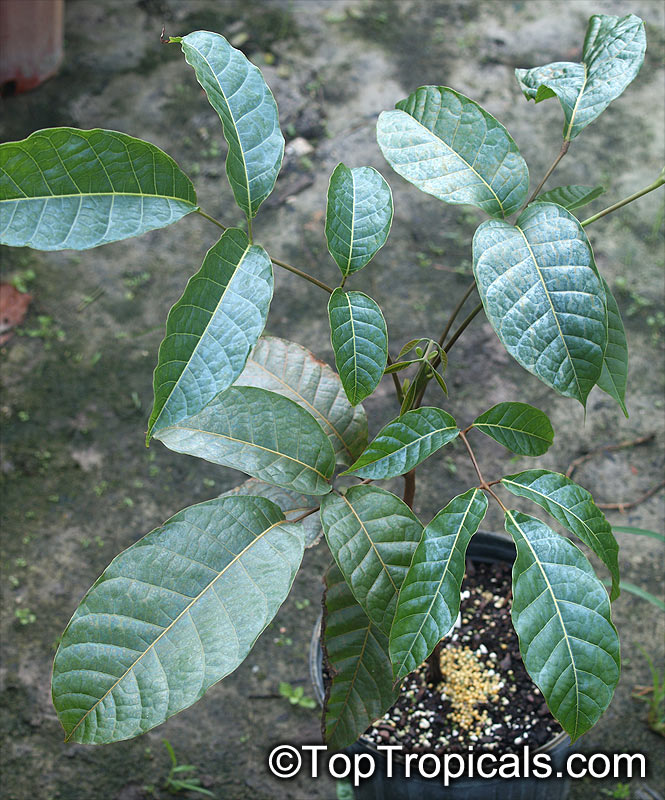
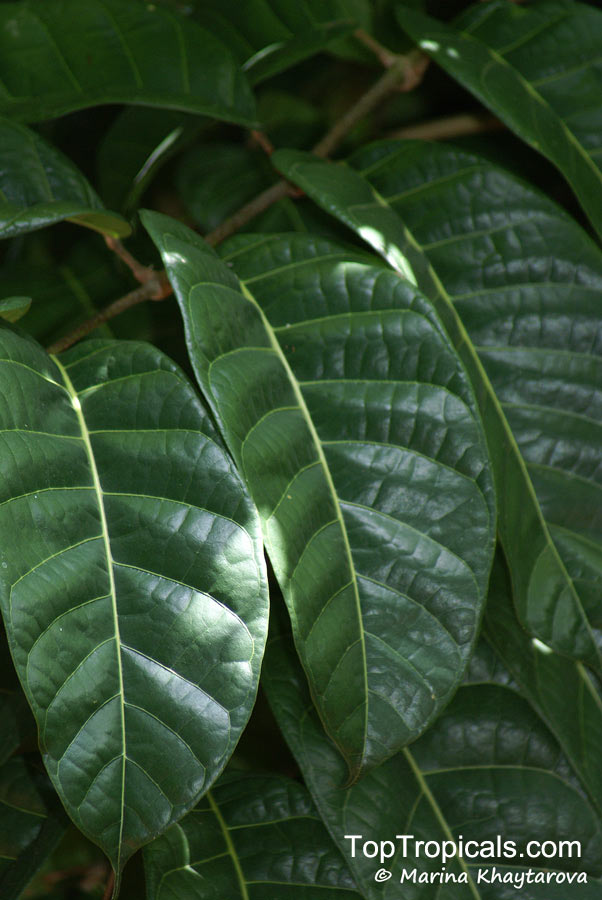
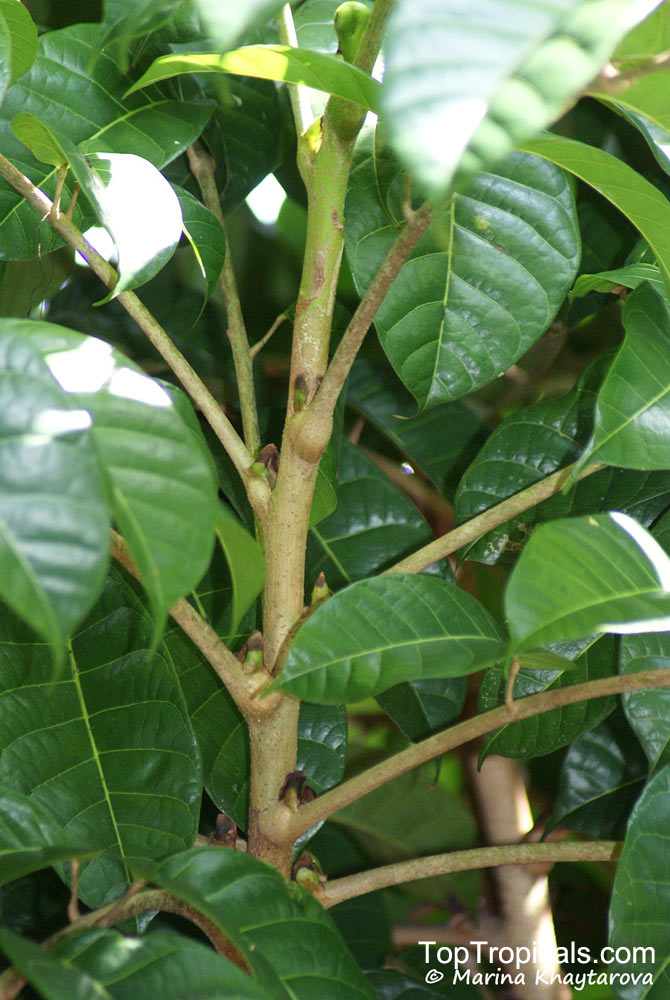

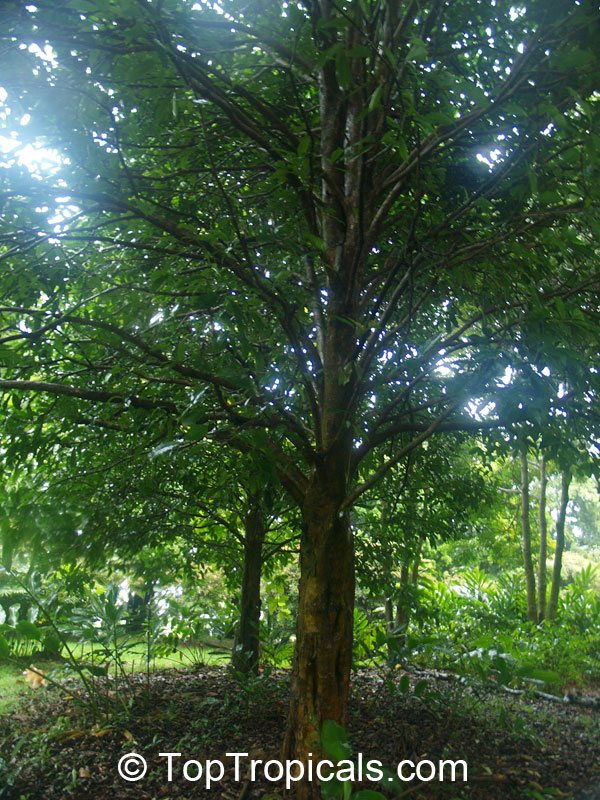
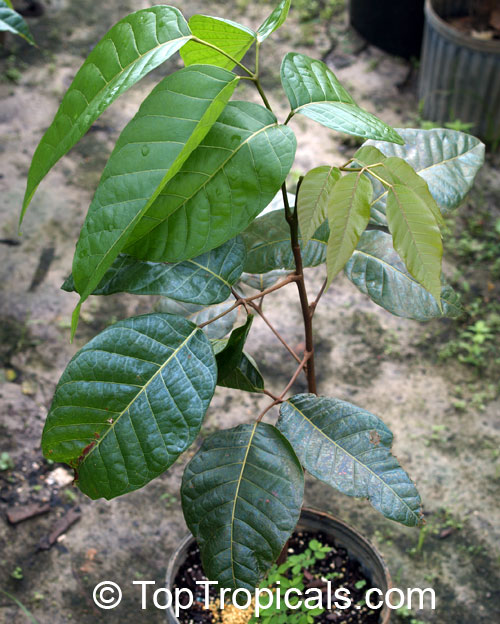
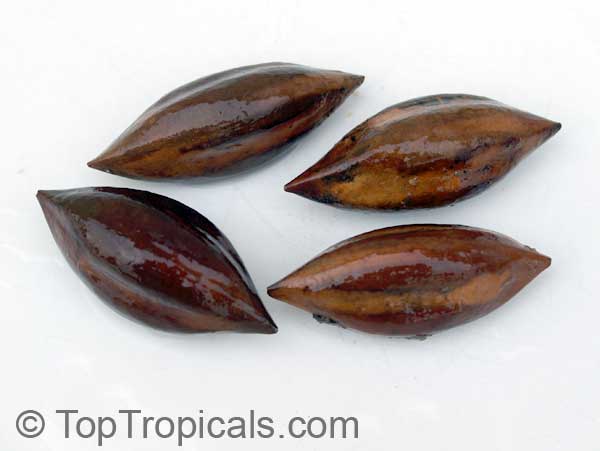
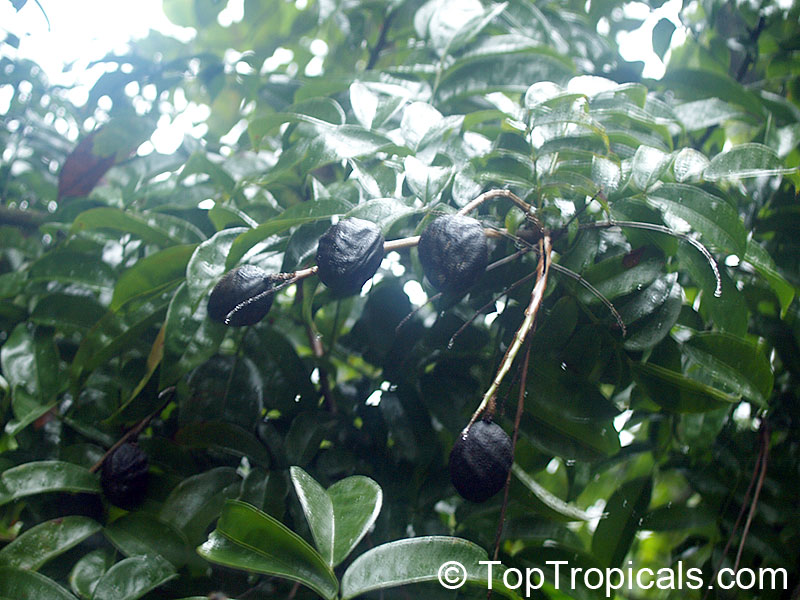
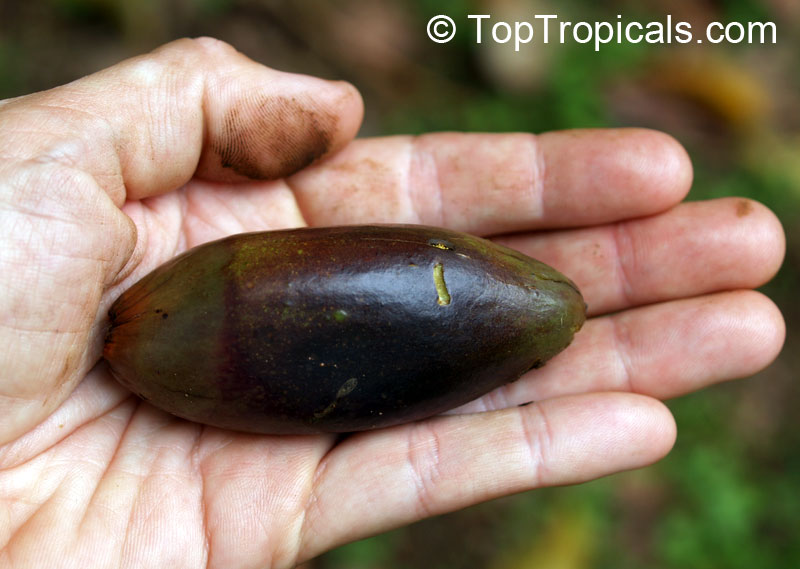
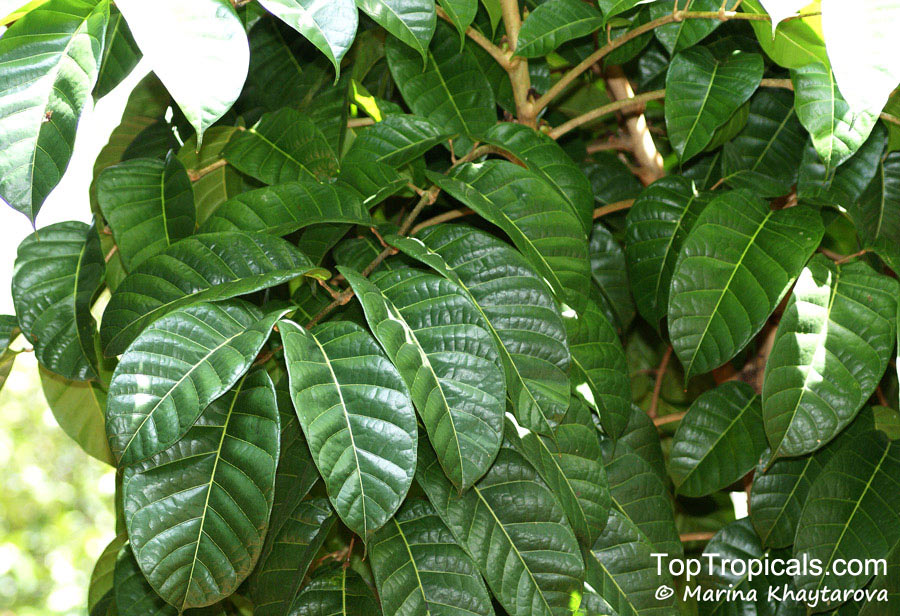
 SUNSHINE C-Cibus (NPK 2-2-4) - Crop Booster for every watering.
SUNSHINE C-Cibus (NPK 2-2-4) - Crop Booster for every watering.  SUNSHINE C-Cibus (NPK 2-2-4) - Crop Booster for every watering.
SUNSHINE C-Cibus (NPK 2-2-4) - Crop Booster for every watering.